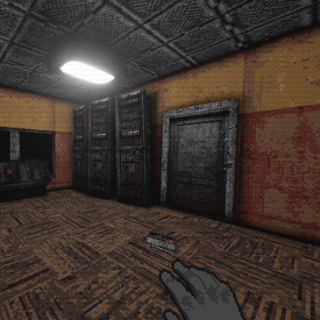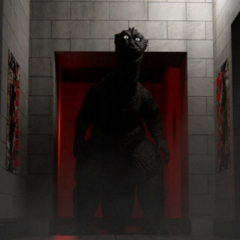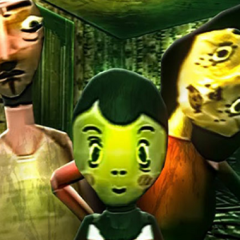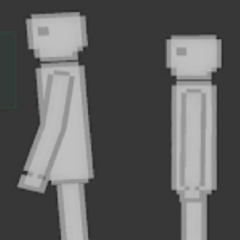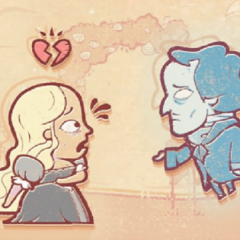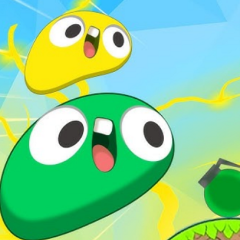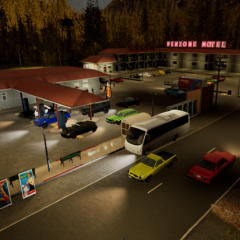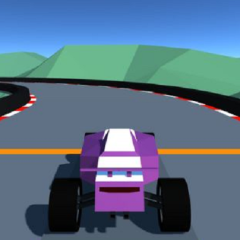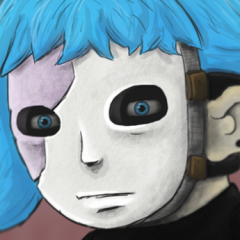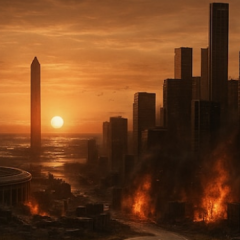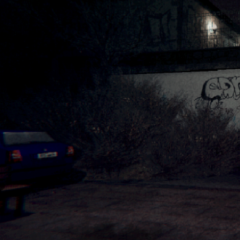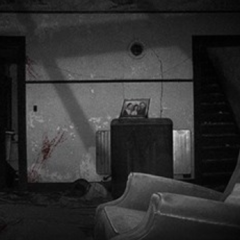White Knuckle places the player at the base of a massive underground structure. The only goal is to climb. There is no map, no dialogue, and no marked path. Every ledge, beam, and broken surface becomes part of the ascent. The structure itself is old and worn, and each section feels unstable. The climb is physical, but it also requires awareness — not just of the route, but of the risks that come with each decision. One mistake leads to a fall, and progress is reset.
Planning Every Move
The mechanics focus on deliberate movement. Players must track their stamina, choose when to rest, and manage what they carry. The more gear added to the inventory, the more it slows the climb. At certain points, planning a route becomes more important than moving quickly. There are no shortcuts. Every item has a weight, and every pause has a cost. Falling can be caused by a wrong grip, a misjudged jump, or ignoring the limits of the character’s endurance.
Core Features of White Knuckle
· First-person climbing through an industrial vertical world
· Stamina system that limits movement and grip duration
· Inventory that affects balance and progression
· Randomized segments to make each attempt unique
· Permanent failure that resets progress after falling
These elements combine to create a system where survival depends entirely on planning and control.
Discovering Through the Climb
While climbing, players encounter remnants of something larger. Pieces of equipment, storage units, and signs of past attempts suggest others have come before. There is no direct explanation, but the environment implies a past filled with effort and abandonment. The deeper the player climbs, the more fragmented the structure becomes. This creates mechanical difficulty and narrative suggestion, as players start to form their own understanding of why this place was built — and why it was left behind.
Reaching Without Arrival
White Knuckle does not offer an easy conclusion. Success is earned through repetition and awareness. Each fall teaches something. Each new run reveals a slightly different path. The goal is not just reaching the top, but learning how to do it without rushing, without overloading, and without ignoring the tension between progress and control. The game presents no ending screen or message. The journey is defined by the climb itself and what the player is willing to carry with them on the way up.


